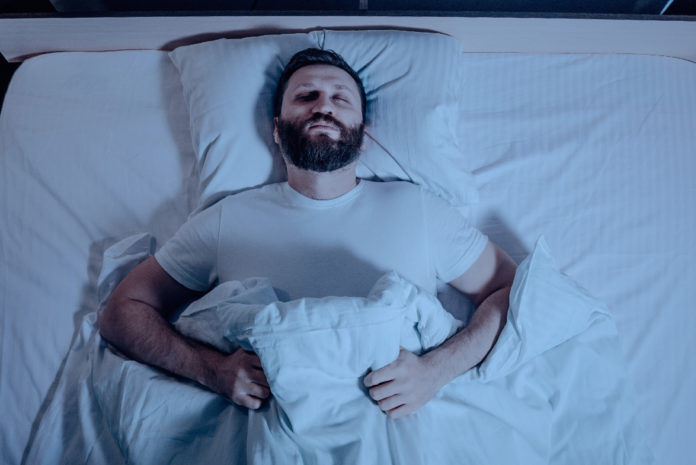Solve sleep issues by back sleeping
There are many people who enjoy back sleeping, sleeping on their belly, their sides, the fetal position, or spread out across the bed. Some think those who like back sleeping are odd or vampire-like, but it is actually healthy and a cure to sleep issues such as troubles breathing, back pain, and even skin breakouts.
Back sleeping, also known as supine sleeping, has several health advantages that you may not be aware of. Back sleeping can help reduce tension headaches, pressure and compression on the chest, and face wrinkles and irritation. It can also assist with keeping the spine aligned and relieve sinus buildups.
It is also why the American Academy of Pediatrics recommends that babies should sleep on their backs to reduce the risk of SIDS, sudden infant death syndrome. When infants sleep on the stomach or in the prone position, it causes an increase in nasal bacterial load, respiratory work of breathing, and upper airway secretions.
Standing up straight and good posture is considered healthy, and since back sleeping copies the position of standing up straight, it can help reduce pressure on the spine. Sleeping on the stomach with the head to one side causes stiffness in the same way that sitting or standing with the head turned in one direction for a long period of time does. The spine is compressed because the neck is tilted back.
Back sleeping can also help with breathing, as lying on the belly or side can hold up the breathing space. Squeezing the diaphragm, the muscle that governs breathing, creates shallower breathing. Studies have shown that having deep diaphragmatic breathing while sleeping can help with reduced stress and improved mood and attention spans.
Other benefits of sleeping on your back include reducing face breakouts since there is no contact of the face on the pillow. Any dirt or oils will not fall on the pillow case. Sleeping on the face can also cause more wrinkles and lines on the face and neck.
To help transition to back sleeping, try putting a pillow under the knees or lower back. Anything soft that can help support the natural curves of the body and shift away pressure from the back. There are many orthopedic products out there to help assist sleeping on your back. Specifically, a wedge pillow can be used for the correct head elevation and a bolster pillow can be used under the knees. With these tools and knowledge, we hope you will be on your way to better sleep.
